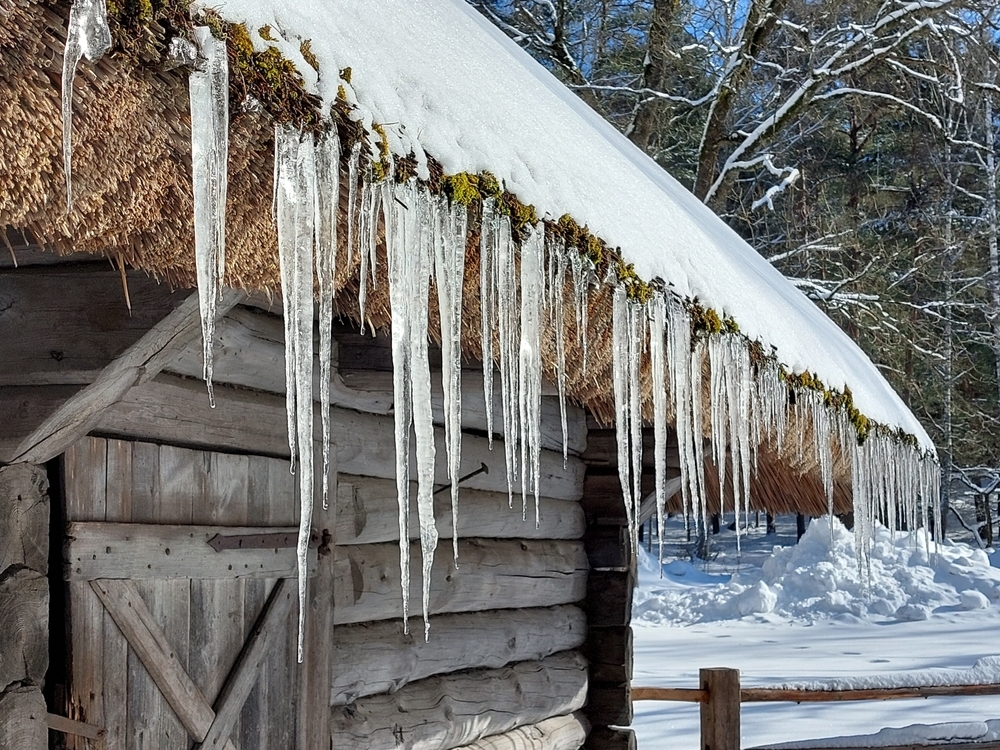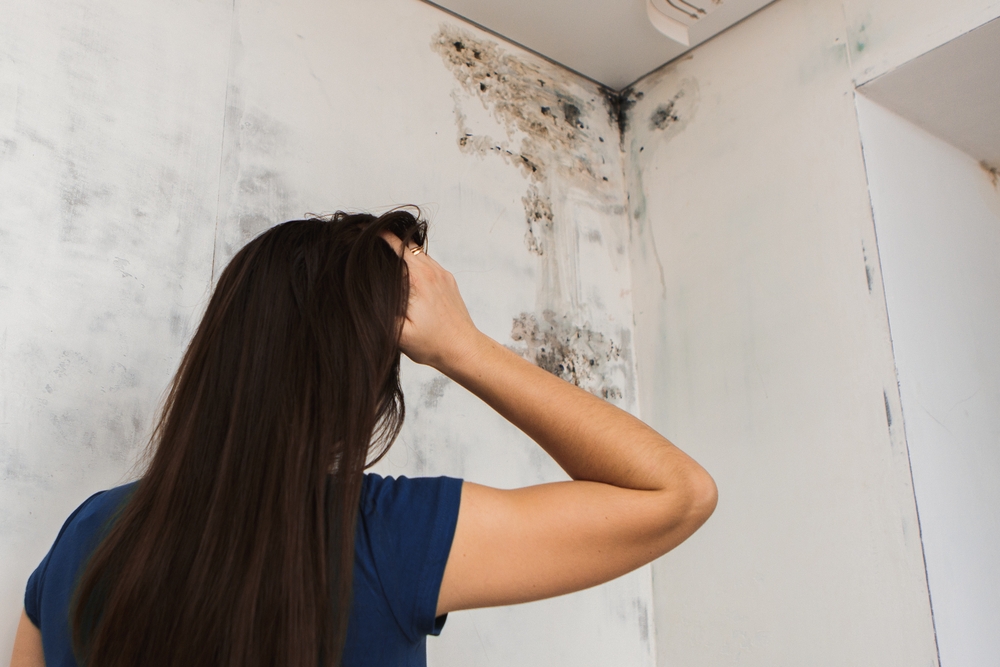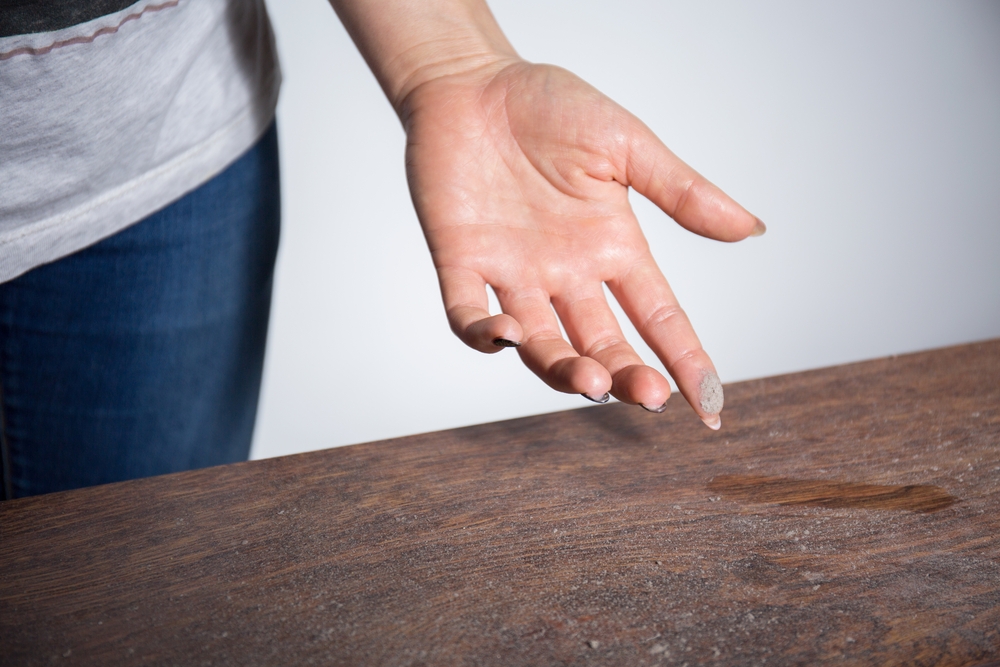
Americans spend 90% of their time indoors.
Are you spending that time in a healthy living space?
914-242-9733
Are there any comfort issues in your home? There doesn’t have to be!
A home that’s too dry or humid, too dusty, or has uneven temperatures isn’t just uncomfortable—it’s inefficient and could be costing you money. Many homeowners dismiss these issues as minor inconveniences, but they often signal larger problems with insulation, air sealing, or HVAC performance.
Common Home Comfort & Efficiency Problems (And How We Fix Them)
1. Do your energy bills keep climbing?
High energy bills are often due to a combination of air leaks, outdated insulation, and inefficient HVAC equipment. A Whole Home Evaluation can pinpoint inefficiencies and direct where solutions like air sealing, insulation upgrades, and high-efficiency heating and cooling systems will have the greatest impact.
2. Are you feeling drafts inside your home?
Indoor drafts mean uncontrolled air movement due to leaks around windows, doors, and walls. Air sealing and insulation improvements can eliminate drafts for good.
3. Do you notice large icicles or ice dams in winter?
Ice dams form when warm air escapes into the attic, melting roof snow that refreezes at the edges. This can cause costly water damage. Proper air sealing and attic insulation prevent heat loss, protecting your roof and home.
4. Are second-floor bedrooms uncomfortably hot in the summer?
Heat rises, but without proper insulation and air sealing, it gets trapped upstairs, making your AC work overtime and causing your upstairs to feel like an oven. Upgrading attic insulation and sealing air leaks will balance temperatures and lower energy bills.
5. Are your floors cold in the winter?
Cold floors often indicate air leakage and poor insulation, especially in garages, crawl spaces or floor overhangs. Insulating these areas keeps your floors warmer and improves overall comfort.
6. Is your HVAC system short cycling or making unusual noises?
If your heating or cooling system is frequently turning on and off or making strange sounds, it may be struggling due to clogged filters, ductwork leaks, or simply old age. If your furnace, boiler, or air conditioner is over 15 years old, it may be time for an upgrade to heat pumps or ductless mini splits.
7. Does your house smell musty or feel too humid?
Excess humidity leads to mold growth, which can cause health issues and structural damage. We identify moisture sources and recommend solutions like proper ventilation, air sealing, and dehumidification.
8. Have you spotted mold in your home?
Mold thrives in damp, poorly ventilated areas. If you see mold, there’s likely an underlying moisture issue. We identify and then address the root causes to prevent future mold growth.
9. Are your windows fogging up inside?
Interior window condensation signals excessive indoor humidity and poor ventilation. Addressing air leaks, upgrading insulation, and improving ventilation can eliminate moisture issues and improve indoor air quality.
10. Are you constantly dusting your home?
Excessive dust comes from leaky ductwork and air gaps that pull in dirt and contaminants from attics and crawl spaces. Sealing ducts and improving filtration will help keep your home cleaner, healthier, and more efficient.

Find Out What’s Behind Your Discomfort At Home
If you’re dealing with any of these issues, your home could benefit from targeted upgrades that improve comfort, efficiency, and air quality. A Whole Home Evaluation can identify problem areas and provide customized solutions.
Schedule your Whole Home Evaluation today! Call 914-846-8408 to contact Healthy Home Energy & Consulting..
Our Proven Process for a Better Home
At Healthy Home Energy & Consulting, we take the guesswork out of home improvements. It starts with a no-cost Whole Home Evaluation to find what’s really causing comfort or energy issues. From there, we design a custom plan tailored to your home and budget, handle every detail of the upgrades, and confirm the results with testing you can trust. With our proven process, you’ll enjoy a more comfortable home and lower energy bills — all backed by building science.












